Immune resilience despite inflammatory stress promotes longevity and favorable health outcomes including resistance to infection
- PMID: 37311745
- PMCID: PMC10264401
- DOI: 10.1038/s41467-023-38238-6
Immune resilience despite inflammatory stress promotes longevity and favorable health outcomes including resistance to infection
Abstract
Some people remain healthier throughout life than others but the underlying reasons are poorly understood. Here we hypothesize this advantage is attributable in part to optimal immune resilience (IR), defined as the capacity to preserve and/or rapidly restore immune functions that promote disease resistance (immunocompetence) and control inflammation in infectious diseases as well as other causes of inflammatory stress. We gauge IR levels with two distinct peripheral blood metrics that quantify the balance between (i) CD8+ and CD4+ T-cell levels and (ii) gene expression signatures tracking longevity-associated immunocompetence and mortality-associated inflammation. Profiles of IR metrics in ~48,500 individuals collectively indicate that some persons resist degradation of IR both during aging and when challenged with varied inflammatory stressors. With this resistance, preservation of optimal IR tracked (i) a lower risk of HIV acquisition, AIDS development, symptomatic influenza infection, and recurrent skin cancer; (ii) survival during COVID-19 and sepsis; and (iii) longevity. IR degradation is potentially reversible by decreasing inflammatory stress. Overall, we show that optimal IR is a trait observed across the age spectrum, more common in females, and aligned with a specific immunocompetence-inflammation balance linked to favorable immunity-dependent health outcomes. IR metrics and mechanisms have utility both as biomarkers for measuring immune health and for improving health outcomes.
© 2023. This is a U.S. Government work and not under copyright protection in the US; foreign copyright protection may apply.
Conflict of interest statement
The authors declare no competing interests.
Figures
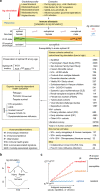
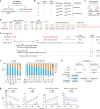
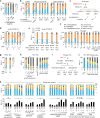
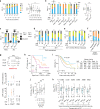
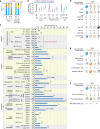

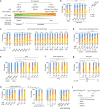
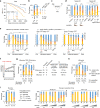
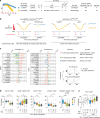
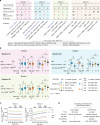
References
Publication types
MeSH terms
Grants and funding
- T32 DE014318/DE/NIDCR NIH HHS/United States
- K24 MH097673/MH/NIMH NIH HHS/United States
- P50 DA026306/DA/NIDA NIH HHS/United States
- UM1 AI164559/AI/NIAID NIH HHS/United States
- T32 GM113896/GM/NIGMS NIH HHS/United States
- UL1 TR001442/TR/NCATS NIH HHS/United States
- K23 AG066933/AG/NIA NIH HHS/United States
- R01 MH073419/MH/NIMH NIH HHS/United States
- N01 HC025195/HL/NHLBI NIH HHS/United States
- U01 AI043638/AI/NIAID NIH HHS/United States
- HHSN268201500001I/HL/NHLBI NIH HHS/United States
- HHSN271201100005C/DA/NIDA NIH HHS/United States
- R01 AI096968/AI/NIAID NIH HHS/United States
- WT_/Wellcome Trust/United Kingdom
- UL1 TR002645/TR/NCATS NIH HHS/United States
- U19 AI100625/AI/NIAID NIH HHS/United States
- R24 AI106039/AI/NIAID NIH HHS/United States
- R01 AI056980/AI/NIAID NIH HHS/United States
- R37 AI046326/AI/NIAID NIH HHS/United States
- HHSN268201500001C/HL/NHLBI NIH HHS/United States
- P51 OD011132/OD/NIH HHS/United States
- UM1 TR004538/TR/NCATS NIH HHS/United States
- P30 MH062512/MH/NIMH NIH HHS/United States
- P30 AG044271/AG/NIA NIH HHS/United States
- R01 AI087657/AI/NIAID NIH HHS/United States
- P30 AI036214/AI/NIAID NIH HHS/United States
- IP1 CX000875/CX/CSRD VA/United States
- Y01 AI005072/AI/NIAID NIH HHS/United States
- P01 AI074621/AI/NIAID NIH HHS/United States
- R01 MH100974/MH/NIMH NIH HHS/United States
- R01 AI064687/AI/NIAID NIH HHS/United States
LinkOut - more resources
Full Text Sources
Medical
Molecular Biology Databases
Research Materials

